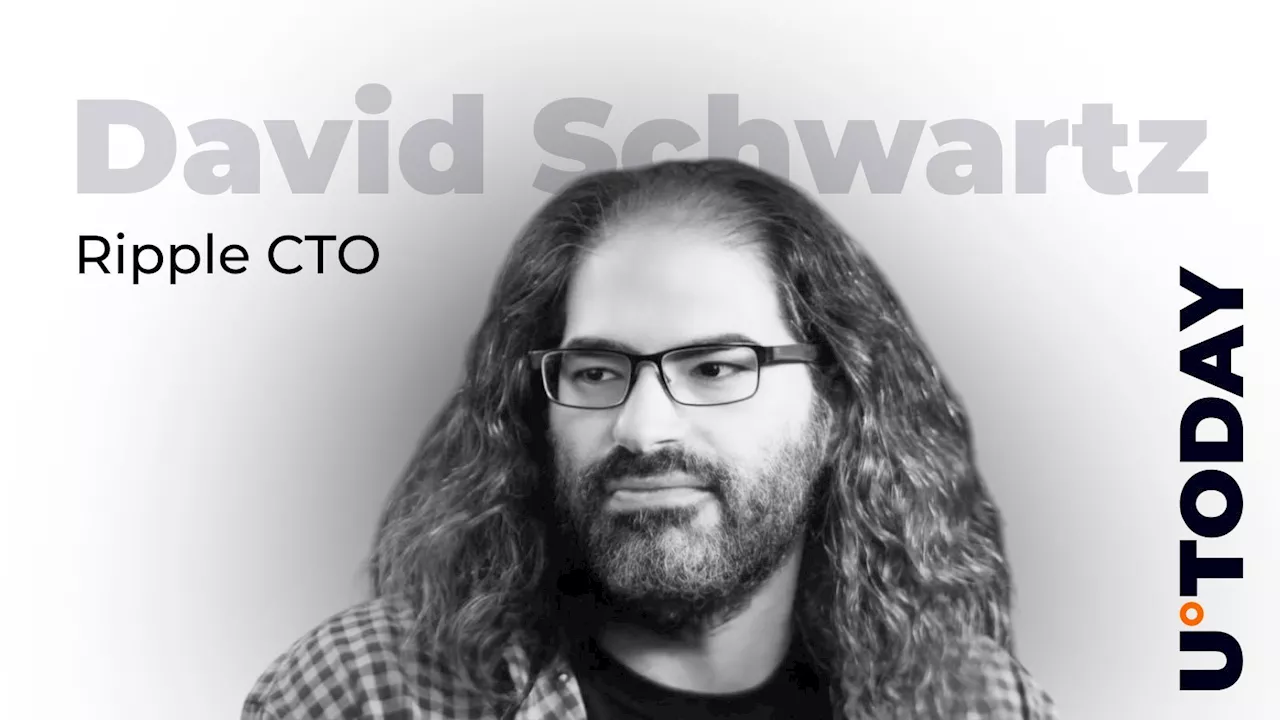Ripple’s Chief Technology Officer, David Schwartz, has introduced a proposal for a two-layer consensus model for the XRP Ledger (XRPL). This concept arises as the blockchain landscape has transformed significantly since XRPL’s inception in 2012. Schwartz’s evolving perspective on governance and consensus reflects the emergence of new technologies and use cases, particularly in the realm of decentralized finance (DeFi).
As discussions on programmability and smart contracts gain traction, Schwartz emphasized the importance of exploring native DeFi capabilities within XRPL. He stated, “With programmability initiatives and smart contract discussions underway, it seemed like a good time for us to also discuss what other DeFi capabilities natively could look like.”
The proposed two-layer model distinguishes XRPL from traditional Proof of Stake (PoS) chains. In Schwartz’s vision, the outer layer would manage existing governance, amendments, transaction fees, and oversight. The inner layer would focus on incentivizing validator participation and advancing the ledger’s functionality, potentially incorporating mechanisms such as staking and slashing. This design aims to maintain XRPL’s characteristic speed and cost-efficiency while enhancing validator diversity, thereby strengthening network resilience.
Schwartz’s approach emphasizes that validators should be equal contributors, prioritizing stability and trust over token holdings. He believes that this model aligns with XRPL’s foundational philosophy better than converting it into a standard PoS chain.
Additionally, Schwartz is considering the integration of transaction fees to fund zero-knowledge proofs for smart contract execution. This innovation could enable complex operations on the blockchain without necessitating heavy computational loads on every node, further streamlining the XRPL’s efficiency.
The proposal comes at a time when the broader cryptocurrency market is experiencing fluctuations. Despite recent volatility, XRP’s price has shown resilience, with a notable increase to $2.27 in the last 24 hours, reflecting a 0.58% rise and a market capitalization of $136 billion. Analysts are keenly observing factors that influence cryptocurrency prices, including regulatory developments, market sentiment, and technological advancements.
As Ripple continues to innovate within the blockchain space, Schwartz’s two-layer consensus model represents a forward-thinking solution that could enhance XRPL’s capabilities and adaptability in the evolving digital finance landscape.
